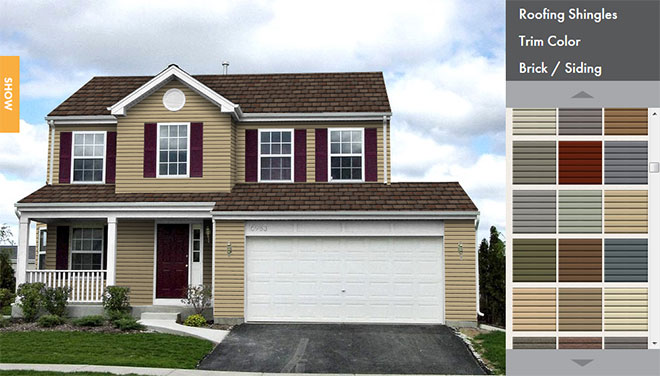EPDM Roofing System MN
What makes EPDM (Ethylene propylene Diene Terpolymer) such as outstanding roofing system?
It stands up to almost anything natures elements can throw at it. EPDM is dimensionally stable, yet expands and contract with building movement. It can withstand temperature extremes.
EPDM Single-Ply Membrane
Ethylene Propylene Diene Monomer (EDPM) roofing is an efficient rubber roof style used on low-slope roofing surfaces. It is a synthetic rubber most commonly used in single-ply roofing because it is readily available and relatively simple to apply. It is also called Single Ply Membrane and it is one of the common types of low-slope roofing. It’s been in use on roofs since the 1960’s. When properly applied, it has a life cycle of 15 to 25 years. It is great for preventing leaks and is often installed for roofs that have problems with weathering, failing joints, and inflexibility. It is relatively inexpensive as well as simple to install as compared to BUR. Compared to conventional built-up roofs, it is also much cleaner and doesn’t emit the odors and fumes that are often associated with built up roofing systems. Vulcanized EPDM is the most common type of EPDM roofing system. Non-vulcanized EPDM is typically used for flashing purposes.
There are three methods of applying EPDM:
Ballasted: The ballasted system presents easy, economic roof solutions for buildings that can accommodate an average ballast weight of 10 to 12 psf. Because this system is easy to install, it’s ideal for applications where eventual changes in building height or contours are envisioned.
Mechanically Attached: A lightweight, cost-effective option if you wish to limit the weight load on an existing roof. Insulation ,when necessary ,is mechanically attached to the deck. The membrane is affixed at set intervals using mechanical fasteners to project against wind uplift.
Fully Adhered: Recommended for applications over an existing substrate where the use of mechanical fasteners is undesirable. The insulation is installed using ether hot asphalt or insulation adhesive with the membrane fully adhered to the secured insulation.
- Fully adhered EPDM uses water-based or solvent-based adhesives to adhere the EPDM rubber to the substrate.
- Mechanically fastened EPDM is attached to the substrate by manufacturer-approved mechanical methodology.
- Loose-laid membranes are secured only at the perimeters and any penetrations. A ballast of round river rock or concrete pavers is used to hold the materials in place. The river rock is usually installed at a rate of 1000 – 1200 pounds per square (100 square feet of roofing surface) and the pavers typically weigh 20-pounds per square foot. Structural integrity is of paramount importance with a loose-laid roof system. The seams are sealed using either an adhesive or a splicing tape.
EPDM Benefits:
Highly dependable, economically beneficial, high durability, and high efficiency makes EPDM an attractive option to any building owner looking to a commercial, industrial and institutional roofing contractor for a new roof or an upgrade to the existing roofing system. Additionally, an EPDM roof will often come with long warranty; low maintenance requirements, low installation labor costs, and generally garner rather easy code approvals. For regions subject to potentially catastrophic weather experiences, such as hurricanes – EPDM roofs have very high resistance, making them quite practical for those who live in those areas.
Advantages of EPDM
EPDM roofs are highly resistant to weathering, ozone, and surface damage. It is flexible in cold weather and still has high fire and heat resistance. You can’t go wrong choosing EPDM for low-slope roofs and flat roofs that need to be waterproof and durable against the harsh Minnesota weather.
An Overall Performer
EDPM roof is practically maintenance free:
- Virtually immune to ozone, UV radiation and cold cracking
- The material does not become brittle from plasticizer migration
- Life expectancy can be as long as built-up roof system
- Warranted up to 20 years for labor and materials
- Help Putting Roof Problems in the Past
- EPDM has proven itself as highly effective and economic single-ply roofing membrane for over three decades
- EPDM system is unsurpassed is durability watertight protection
If you are planning to install a flat roof for your building, the best thing that you can do is to contact a Minnesota commercial roofing contractor that has extensive experience working with EPDM commercial roofing systems.



 Click Here
Click Here Click Here To Use
Click Here To Use